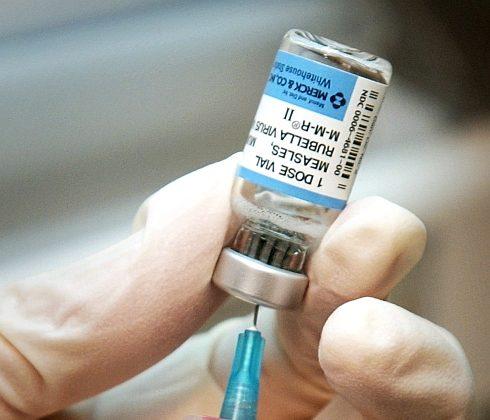A computer’s hard drive is the storehouse of information that your computer accesses every time you start it up. All your documents, your music, your games, this is where all that is stored. Now imagine a random error destroying all of that precious information, everything, leaving you with a loss of epic proportions. Data corruption, physical damage to the drive, electrical malfunctioning, there are a wide variety of ways a hard drive can break down. However, not all is lost, as there are ways to recover data from such instances.
No waiting
If your hard drive has crashed, the last thing you should do is wait to fix it. Data recovery should become the primary objective. This is because, in cases where the hard drive was damaged by water or a virus, the longer one waits, the harder it gets to recover the information. Do not save the issue for a weekend or when it becomes more convenient for you to tackle it. Too many people have left it for later, only to find out it’s too late and that timely action would have saved them a lot of trouble.
Find out what’s wrong
There are lots of ways one can lose data from the hard drive. It is important to find out what exactly the problem is before going about trying to find a solution to it. Signs of physical wear and tear are quite obvious sometimes but often it is not so easy to spot what’s wrong. If you accidentally deleted data from your drive or ended up reformatting it, always note the files that are missing and if you might have them stored in another device like a separate computer or external hard drive or through online backup.
Stop whatever you’re doing
Tell-tale signs that warn you that there’s something wrong with your hard drive include clicking noises and Blue Screens of Death. If these things happen, shut down your computer immediately and stop using the hard drive. You cannot resurrect a dead hard drive on your own because it was designed to stop working should any damage occur so as to avoid further damage. If the drive does not automatically shut down, then there are greater risks of damaging the hard drive and making the task of recovering all the data even more difficult. For example, when a hard drive is physically damaged, for example if something falls on it or it is dropped, a head crash occurs. The read/write head, which as its name suggests, performs the function of reading and writing the data, comes into contact with the platters that actually store the data. This causes the platters to get scratched themselves. This situation would worsen should the hard drive be allowed to function in that state as the head would keep scratching the platters, causing more harm.
Logical Failures and Mechanical Failures
There are two ways a drive can crash, a logical failure and a mechanical failure. A mechanical failure implies that the drive has broken parts that are preventing it from working, which results in the aforementioned clicking sound, with an example being the head crash. These kind of crashes are only solved by specialized companies that possess the technology to repair the hardware and there isn’t much one can do about it.
A logical failure however can be dealt with at home. Logical failures indicate software problems. There are several online services which offer solutions to such a problem, albeit at a price. But this is much cheaper than trying to get it fixed at a store and in general, logical failures do not cost as much as mechanical failures. There are some free options as well.
If the drive is not spinning at all
If your drive is not spinning even after connecting it to a power source, then you may be able to fix it. In such cases it is mostly a problem with the PCB. More specifically, there may be to possibilities, one where the TVS diode has shorted due to over-voltage or a vital component of the PCB has failed. If it is the TVS diode then simply removing the shorted diode is sufficient to restore the drive. If it is a component of the PCB, then a replacement is required but you need to be careful. There is an 8 pin ROM chip on most PCBs that contains unique firmware info that is required to start up the drive. This needs to be moved from the old PCB to the new in order for the replacement to work.
Don’t hesitate to seek help
Sometimes you just need the professionals to handle a broken hard drive. Don’t lose a moment in finding the best service for data recovery Ottawa, as a professional data recovery service is extremely reliable when it comes to recovering lost data from hard drives.


